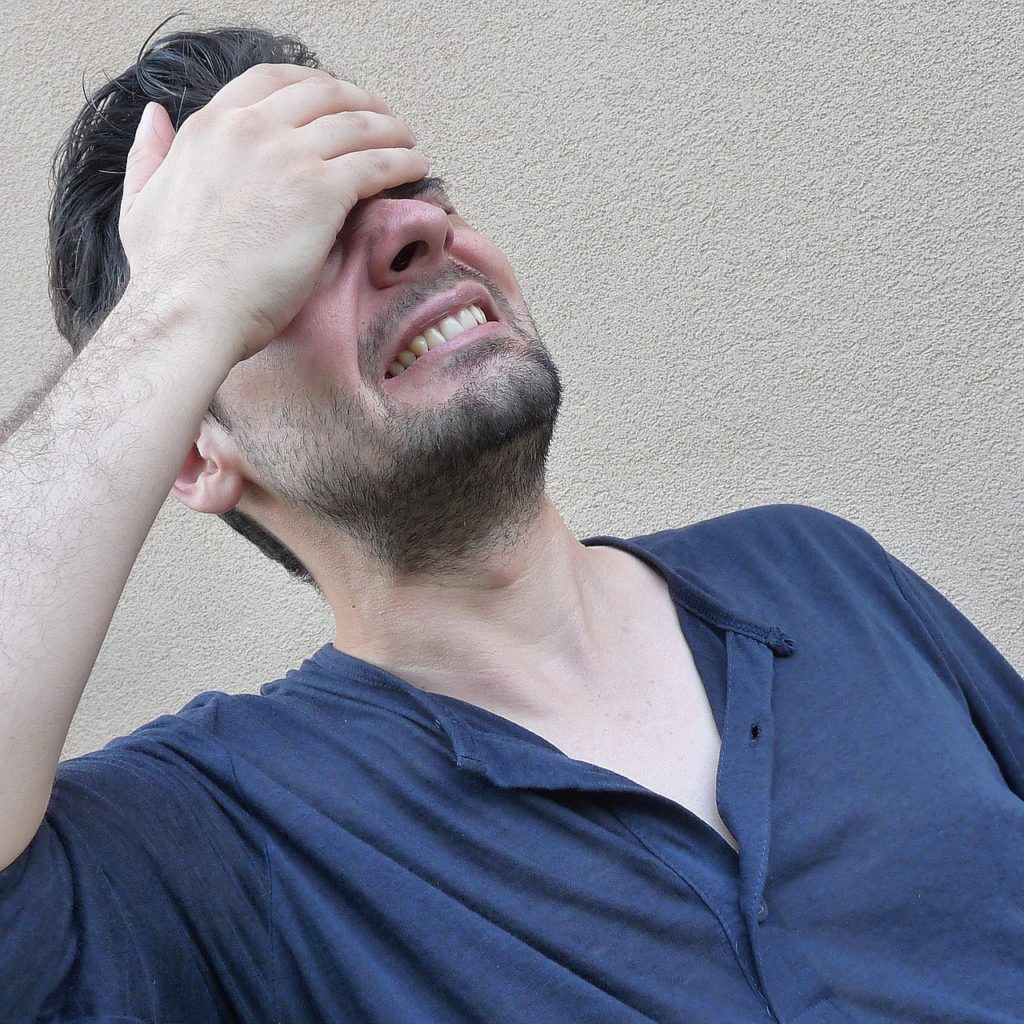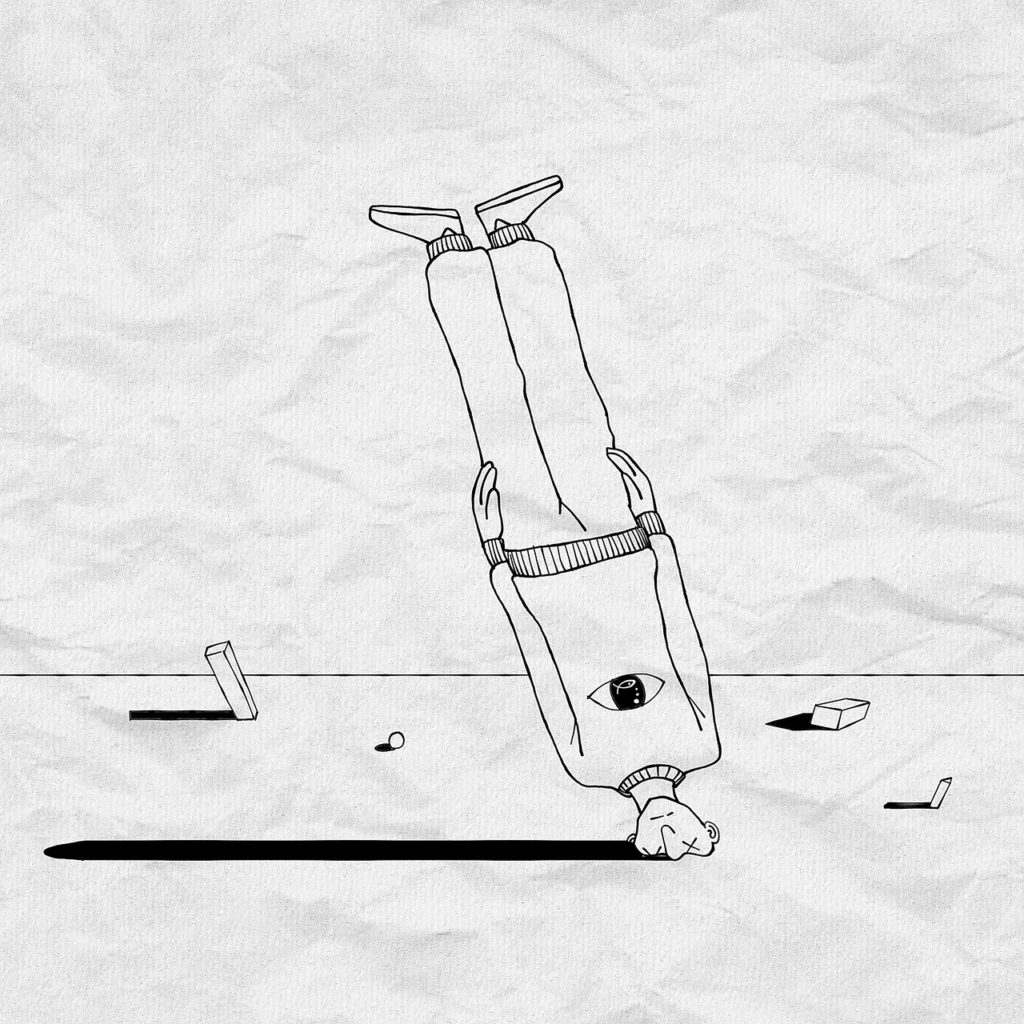Eye strain, resulting from prolonged use of your eyes, such as excessive computer screen time, can lead to a condition known as computer vision syndrome or digital eye strain. These symptoms include headaches, eye discomfort, dryness, blurred vision, and neck or shoulder pain.
To relieve eye strain and prevent associated headaches, implement the following strategies:
1. Take regular breaks
To ensure optimal eye health, it is crucial to incorporate regular breaks into your screen time routine. Specifically, every 20 minutes, make a deliberate effort to shift your gaze away from the screen. During these intervals, direct your attention towards an object positioned at least 20 feet away, allowing yourself approximately 20 seconds of uninterrupted focus. Taking regular breaks relaxes the eye muscles and reduces strain.
2. Adjust screen settings
Position your computer screen at an appropriate distance, about an arm’s length away, with the top at or slightly below eye level. Customize brightness, contrast, and font size for comfort.
3. Optimize lighting
Eliminate glare from windows and harsh overhead lighting. Reduce outdoor glare using blinds or curtains and consider using a desk lamp with soft, adjustable lighting.
4. Blink frequently
Focusing on a screen reduces blinking, causing dry and irritated eyes. Make a conscious effort to blink more often or use artificial tears for lubrication.
5. Embrace the 20-20-20-7 rule
Incorporate a 7-minute break every 2 hours of screen time. Use this interval to move around, stretch, or engage in non-screen activities.
6. Maintain good posture
Sit in an ergonomic chair with proper back support, keeping your feet flat on the floor. Adjust the chair and desk height to ensure your eyes align with the top of the screen.
7. Consider computer glasses
Consult an eye care professional for prescription computer glasses or specialized lenses to reduce eye strain. The effectiveness of “blue light” blockers remains inconclusive.
8. Keep eyes moisturized
Use artificial tears or lubricating eye drops to alleviate dryness and discomfort.
9. Limit screen time
Reduce overall screen usage when possible. Take breaks from electronic devices and engage in activities that give your eyes a rest.
10. Regular eye exams
Visit an eye care professional for routine check-ups to maintain eye health and address any underlying vision issues.
In the event that your symptoms persist or worsen despite these self-care measures, it is advisable to consult an optometrist for further evaluation and guidance.
If you are uncertain about anything regarding the use and care of your contact lenses, be sure to visit an Optometrist to get all your questions answered. You can make an appointment with us online at https://sightcareoptometry.com/.
Note: This posting is for informational purposes only and does not attempt to diagnose or
recommend treatment for any condition. Please refer to the Ontario Association Optometrists website (https://optom.on.ca/eye-health-library) for more information or consult an Optometrist if you are experiencing eyesight issues.






